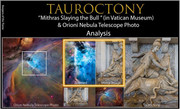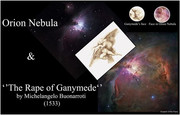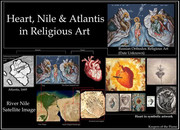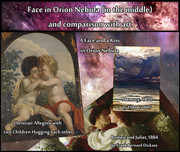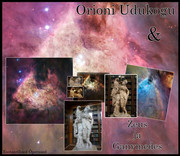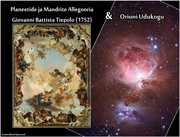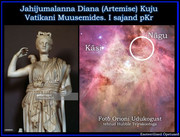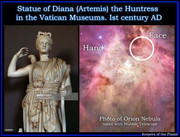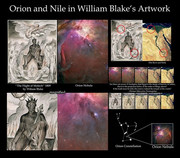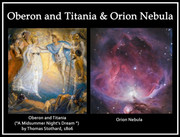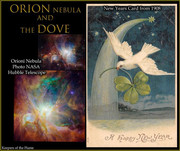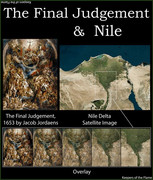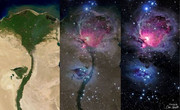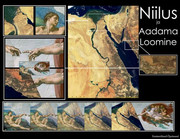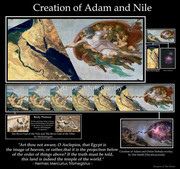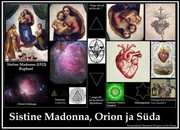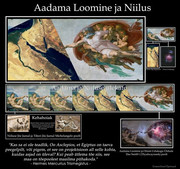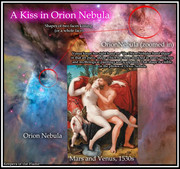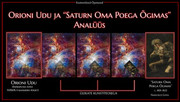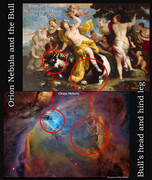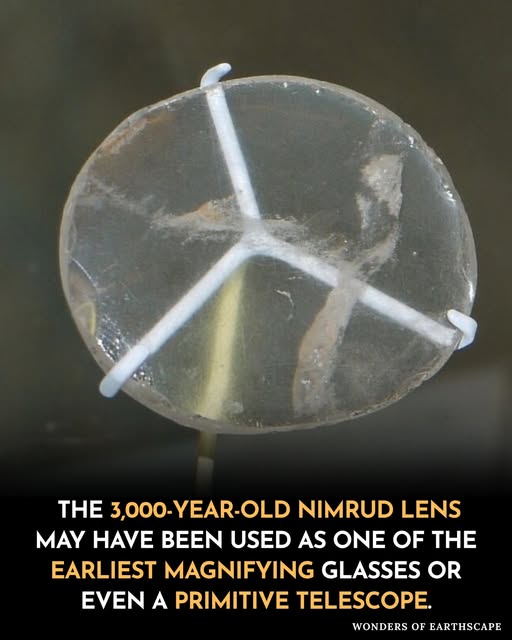There appears to be quite a bit of intricate hidden knowledge in ancient artwork if you look closely. Here is an interesing collection of comparison images I found on this thread.
Wonders of Earthscape (Facebook)
Discovered in Iraq in 1850, the Nimrud Lens is a piece of rock crystal dating back to the Assyrian Empire, around 750 BCE. At first glance, it appears to be just a simple artifact, but its carefully crafted, convex shape suggests a more sophisticated purpose. Researchers believe it may have been used to magnify small objects or assist artisans with detailed craftsmanship.
Even more intriguingly, some scholars have proposed that the lens might have been part of an early optical device, perhaps a primitive telescope, which would push back the timeline of humanity’s understanding of optics by over two millennia. While this remains a subject of debate, the very possibility that ancient civilizations explored such technology challenges conventional assumptions about their scientific knowledge.
Today, the Nimrud Lens remains both a mystery and a marvel an object that not only demonstrates the skill of ancient Assyrian artisans but also raises profound questions about the forgotten depths of ancient science. Whether tool, ornament, or experiment, it invites us to reconsider what people 3,000 years ago might have truly understood about the power of light and vision.



